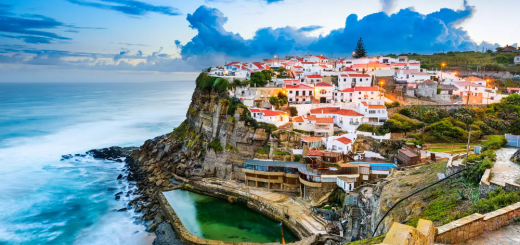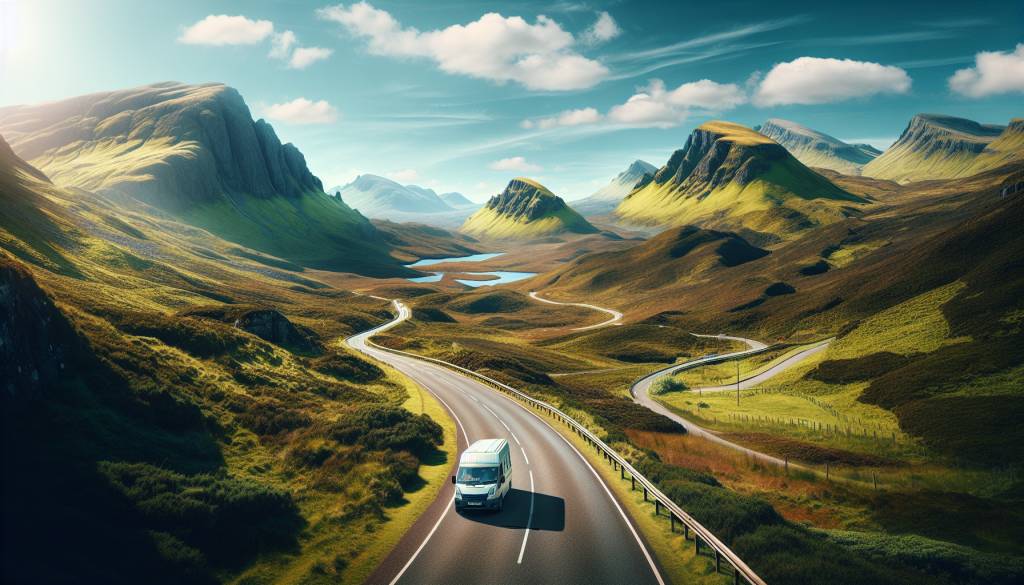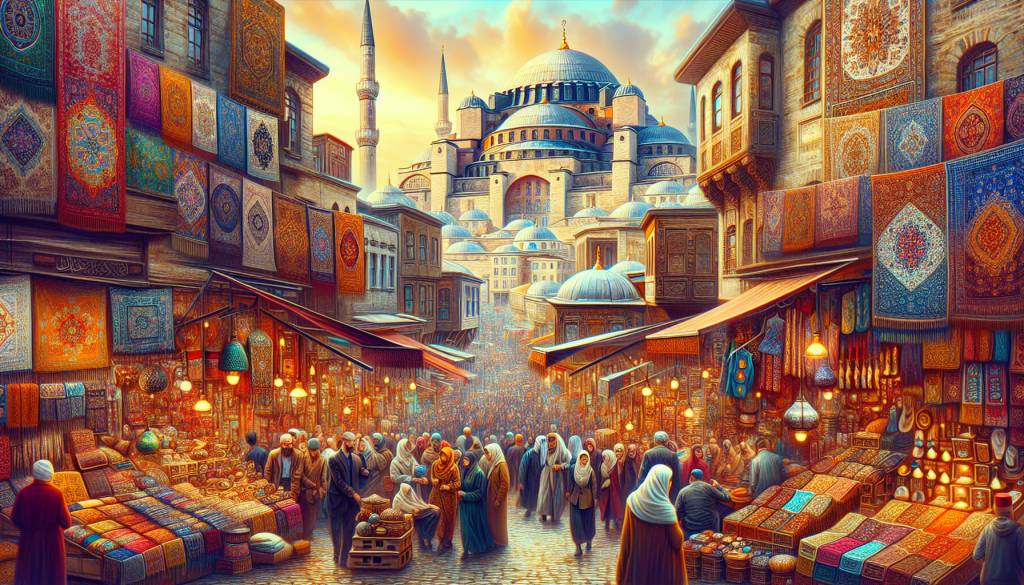Exploring the hidden villages of the Basque Country: culture, coastlines, and cuisine
Discovering the Authentic Soul of the Basque Country
Nestled between the dramatic Atlantic Ocean and the lush Pyrenean foothills, the Basque Country straddles the border between France and Spain, offering a world where culture, tradition, and natural beauty interweave seamlessly. While cities like Bilbao and San Sebastián are well-known travel destinations, the true heart of the Basque experience lies in its lesser-known inland villages and coastal hamlets. These hidden gems offer a tranquil, authentic alternative for travelers seeking a deeper connection with the region’s heritage.
During my recent journey across the Basque Country, I focused on these quieter destinations, where cobbled streets wind through centuries-old villages, gastronomic traditions remain untouched, and coastal trails offer panoramic views that capture the spirit of northern Spain. Whether you’re drawn by the rich Basque identity, the unspoilt countryside, or the food (oh, the food!), the small villages tucked into this region are well worth exploring.
Charming Inland Villages: Timelessness in the Basque Hills
One of the first stops on my journey was Ainhoa, officially recognized as one of France’s “Plus Beaux Villages.” Located just outside the mountain pass of the Nivelle valley, Ainhoa is a picture-perfect example of Basque architecture. White houses adorned with red timber frames line a perfectly preserved main street, and traditional frontón courts — used for playing Basque pelota — speak of a culture that remains fiercely proud of its roots.
Inland, the village of St-Étienne-de-Baïgorry is set against a spectacular backdrop of lush hills and vineyards. Often overlooked in favor of nearby Saint-Jean-Pied-de-Port, this village provides easy access to local hiking trails, including sections of the Camino de Santiago. It’s also at the heart of the Irouléguy wine-producing area, the only AOC-designated wine in the French Basque Country. I visited a local bodega — Domaine Arretxea — and tasted robust reds accompanied by stories from the winemaker about harvest rituals passed down through generations.
Seaside Serenity: Idyllic Coastal Hamlets
Though the Basque coastline includes famous names like Biarritz and San Sebastián, smaller villages such as Getaria and Mundaka offer a quieter yet equally enriching seaside experience. Getaria, located west of Zumaia on Spain’s northern coast, is a postcard-perfect fishing village. It’s also the birthplace of Cristóbal Balenciaga, and visitors can explore the elegant museum dedicated to his legacy. What struck me in Getaria wasn’t just the oceanfront views, but the scent of grilled fish — rodaballo (turbot) sizzling on outdoor grills known as parrillas.
Further east, the surf mecca of Mundaka draws wave riders from across the globe. Despite this, the village retains its authenticity, with weather-beaten stone houses and a harbor where fishermen unload their catch each morning. The village is also a gateway to the Biosphere Reserve of Urdaibai, a protected wetland perfect for kayaking and birdwatching. I spent a calm afternoon paddling under limestone cliffs, feeling completely immersed in nature.
A Deeply Rooted and Vibrant Culture
The Basque people, or the Euskaldunak, are known for their resilience, and nothing encapsulates their spirit more than their enduring language and communal traditions. The Basque language, Euskara, is one of the oldest living languages in Europe and is spoken alongside Spanish and French in villages across the region. It’s not uncommon to see bilingual signage and hear children learning traditional dances in village squares.
While staying in Hondarribia, on the Spanish coastal side near the border with France, I attended a local jaiak — a town festival with folk music, cider pouring, and the colorful parade of gigantes (giant puppets). The town itself exudes charm: its old quarter, enclosed by medieval walls, is a labyrinth of balconies bursting with geraniums and streets paved in ancient cobblestones. The atmosphere during the festivities was electric — families gathered for shared meals, and strangers quickly became friends over shared glasses of txakoli, the region’s signature slightly sparkling white wine.
Bites of Basque: A Culinary Landscape Like No Other
You can’t talk about the Basque Country without devoting serious attention to the food. Gastronomy is central to life, and even the smallest villages boast world-class cuisine. Traditional dishes are simple but bursting with flavor. In Espelette, famous for its mild red peppers that hang from windows to dry, I tried piperade, a pepper and onion stew served with tender pork. Local markets are a treasure trove of cured sausages, strong cheeses like Ossau-Iraty, and artisanal breads.
Of course, no Basque journey is complete without indulging in pintxos — bite-sized bar snacks that are creatively prepared and often skewered on toothpicks. These are best enjoyed in small taverns or tabernas that line the stone streets of towns like Tolosa or Lekeitio. I vividly remember sampling anchovy-stuffed olives and mini veal skewers with roasted red pepper, each washed down with local cider poured from shoulder height by expertly trained barkeepers.
Getting There and Getting Around
The Basque Country is easily accessible via international airports in Biarritz, Bilbao, and San Sebastián. While trains and buses connect major towns, to truly uncover the hidden villages, I recommend renting a car. The rural roads wind through spectacular landscapes — from azure coastlines to green valleys — and allow you to create your own pace and itinerary.
Traveling this way also allows for spontaneous stops: a roadside cidería offering fresh apple cider pressings, a trailhead inviting a short trek to a mountain lookout, or a roadside chapel holding a centuries-old pilgrimage legacy. Having your own transport also opens access to lesser-known locations like Urdax, home to prehistoric caves with ancient drawings, or Zugarramurdi, famously linked to witchcraft trials held by the Spanish Inquisition in the 17th century.
When to Visit the Basque Country
The best time to explore the Basque Country is late spring through early autumn, from May to October. During this period, the weather is warm but not scorching, ideal for both coastal walks and mountain hikes. August is the height of local festivals, including the famed Semana Grande in Bilbao and San Sebastián, though village festivals like the Fête du Piment in Espelette (held each October) provide equally festive, less crowded alternatives.
If you prefer peace and quiet, shoulder months like May, June and September offer the most comfortable climate with fewer tourists. This is also when local producers open their farms to visitors, markets are abundant, and the rhythms of village life are most authentic.
Immersive Moments in the Basque Country
What makes the hidden villages of the Basque Country so special is not just the postcard beauty, but the feeling that you’re stepping into a place where tradition still guides daily life. Whether it’s the scent of smoked fish on plaza grills, the echo of Euskara in a mountain village, or the warm smile of a vintner eager to share their craft, every moment here feels richly grounded in place.
For those who wish not just to visit, but truly experience the Basque Country, the villages — both inland and coastal — offer an unfiltered look at one of Europe’s most unique and proud regions. Bring your hiking boots, your appetite, and a sense of curiosity: the true Basque Country awaits beyond the tourist trail.



